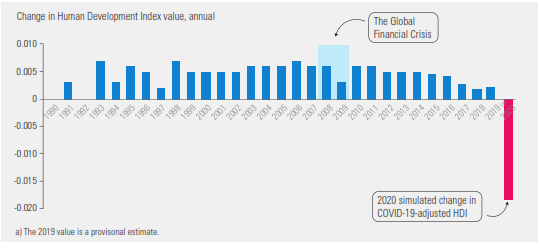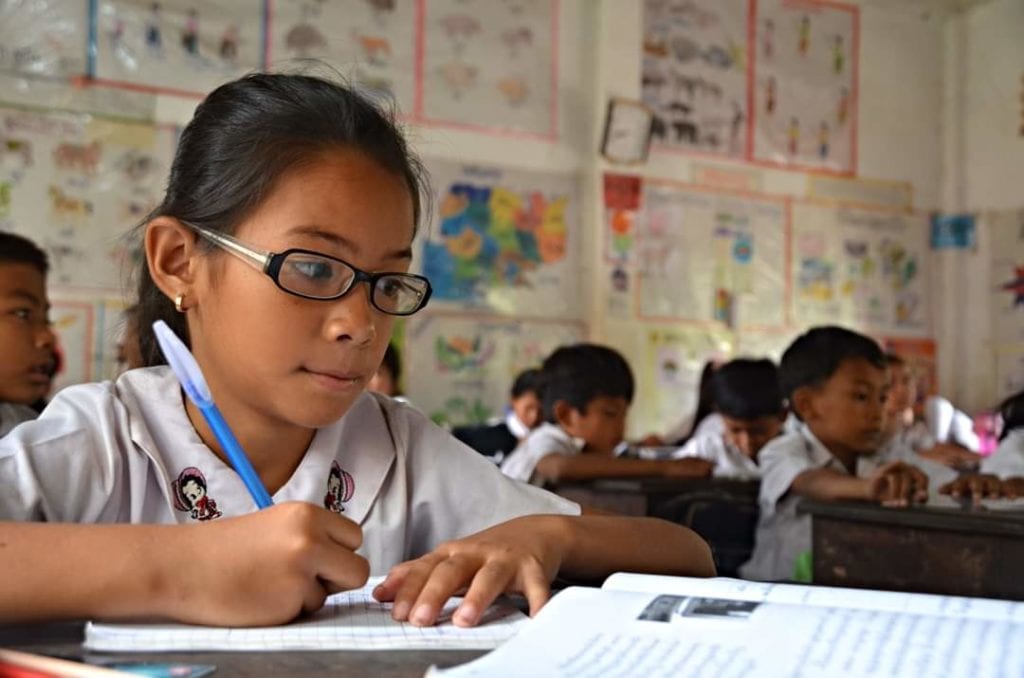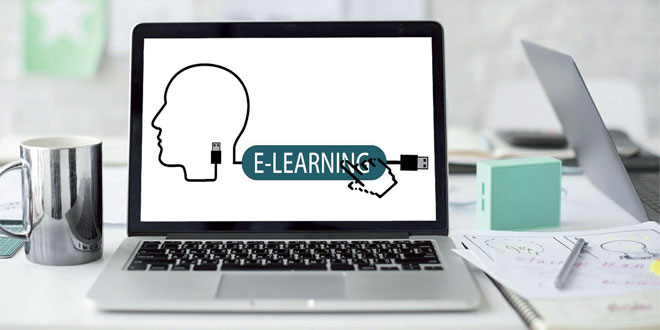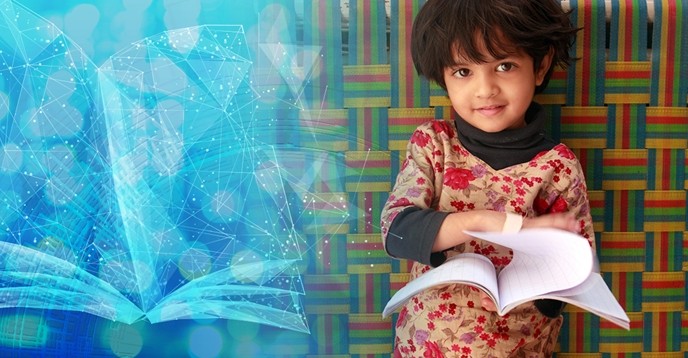A blog by Evelyne PARA, SI UN Representative at UNESCO.
“School closings around the world in response to the COVID-19 pandemic pose an unprecedented threat to the education, protection, and well-being of children. What does this mean exactly? Can we speak of a sacrificed 2020 generation? Should we accelerate the implementation of a 3.0 Education?
According to UNESCO, the coronavirus crisis deprives more than 1.5 billion children and young people of their education. These school closings affect nearly 70% of the world’s student population. About 768 million students out of school due to COVID-19 closures, live in low-income developing countries, where continuing their education is already a challenge in normal times.

Consequences of school closings are catastrophic.
Because of the coronavirus pandemic, children and young people around the world are no longer in school. Home schooling has become the new standard.
In the vast majority of rich countries, some parents have to manage family life, and at the same time become home teachers for their children while continuing to work on a daily basis, often virtually. As part of an organisation set up by their respective governments, many regularly receive from their children’s teachers, a weekly digital distance learning programme.
However, in many developing countries, the pandemic widens inequalities in access to education and puts even more strain on education systems: many children lack textbooks, most families do not have a computer, and even less access to the Internet, especially in rural areas or places of underprivileged housing, and some parents are illiterate, a major obstacle to providing educational support to children at home. Thus, in low-income countries, the coronavirus pandemic will not only wreak havoc on the health of many citizens, but it will also have a devastating effect on the education of an entire generation – and thus further affect social and economic development.
Kept away from classrooms by the COVID-19 pandemic, some 826 million pupils and students, half the total number of learners, do not have access to a home computer and 43 % (706 million) do not have internet at home, while digital education is used to ensure continuity of education in the vast majority of countries.
In addition, around the world, prolonged school closings interrupt essential school social services, particularly in terms of health and food, such as vaccination, hygiene, school feeding or even mental health and psychosocial support. There are no more regular meals for millions of children because without school there are no school meals. The longer the schools remain closed, the more the equity gaps widen. We have seen, in recent weeks, categories of population lose their income and fall into hunger. An estimated 370 million children are missing free, healthy and balanced meals they would have had in the canteen.

Moreover, the closure of schools has exposed adolescent girls to increased risks of abuse and violence. It has led to an increase in early and forced marriage, while sexual abuse and teenage pregnancies have increased by up to 65% in some communities.
According to a report by the United Nations Development Program, the COVID-19 pandemic will have major consequences for human development. The Human Development Index (HDI), which has jointly measured development in education, health and living standards since 1990, may decline for the first time in 30 years.

Urgent measures to preserve the Right to Education
>>> Ensure return to school for all – There is an urgent need to identify everywhere the students who were unable to benefit from distance education during the COVID-19 crisis in order to offer them remedial courses or personalised accelerated learning. Many children will need additional support to catch up when schools reopen. In some countries, special attention will be paid to girls, as we know that a temporary interruption of their education unfortunately becomes too often permanent.
>>> Safeguard or even Increase investment funds specific to Education, especially in developing countries – These funds will be used as a priority to adopt appropriate distance learning practices so that all young people can continue their education, paying special attention to the most vulnerable and disadvantaged communities: producing educational programmes on radio and television, providing textbooks and other relevant materials to the poorest families, bridging the digital divide by providing fairer access everywhere on the Internet, create online learning platforms, create public awareness campaigns and train teachers in the conduct of distance education. UNESCO supports countries in their efforts to mitigate the immediate impact of school closings, by facilitating the continuity of education for all through lifelong learning for all children and young people through alternative channels: setting educational radios and televisions, digital learning resources and platforms, webinars, technical assistance.
>>> Lead a Global Coalition for Education around coordinated and innovative action to unlock solutions that will support not only students and teachers now, but also throughout the recovery process. Today it brings together more than 90 public and private sector partners to help governments improve distance learning and facilitate the reopening of schools, in order to make the digital revolution inclusive and to leave absolutely no one on the side of the road.
Towards Education

Sometimes we need a crisis to force us to adapt and adopt change. For example, doctors and patients have turned to ‘telemedicine’ to reduce exposure to COVID-19, they have found that these virtual consultations are effective in sorting care, sharing essential advice, and providing emotional support.
Likewise, it would also be interesting to make more use of digital technology as a major lever for transforming our education systems. This would allow each student to use video / audio modules and digital platforms, to study at home the ‘theoretical’ parts of learning, provided that they are in secure conditions outside the classroom, and they are able to benefit if necessary individual support from the teacher. Then, the class time at school would be dedicated to collegial work, to points that were not understood, to exchanging of points of view and to strengthening social ties.
With digital learning, this new educational strategy of “inverted class“ would thus accommodate collaborative pedagogies and co-construction of knowledge, by promoting team learning but also project pedagogies.
The objective is to instil into learners the values, attitudes and behaviours to engage fully and responsibly in collective progress and the well-being of all: creativity, ability to adapt to the inevitable changes in our world, innovation and commitment to peace, human rights, preservation of biodiversity and sustainable development.”

